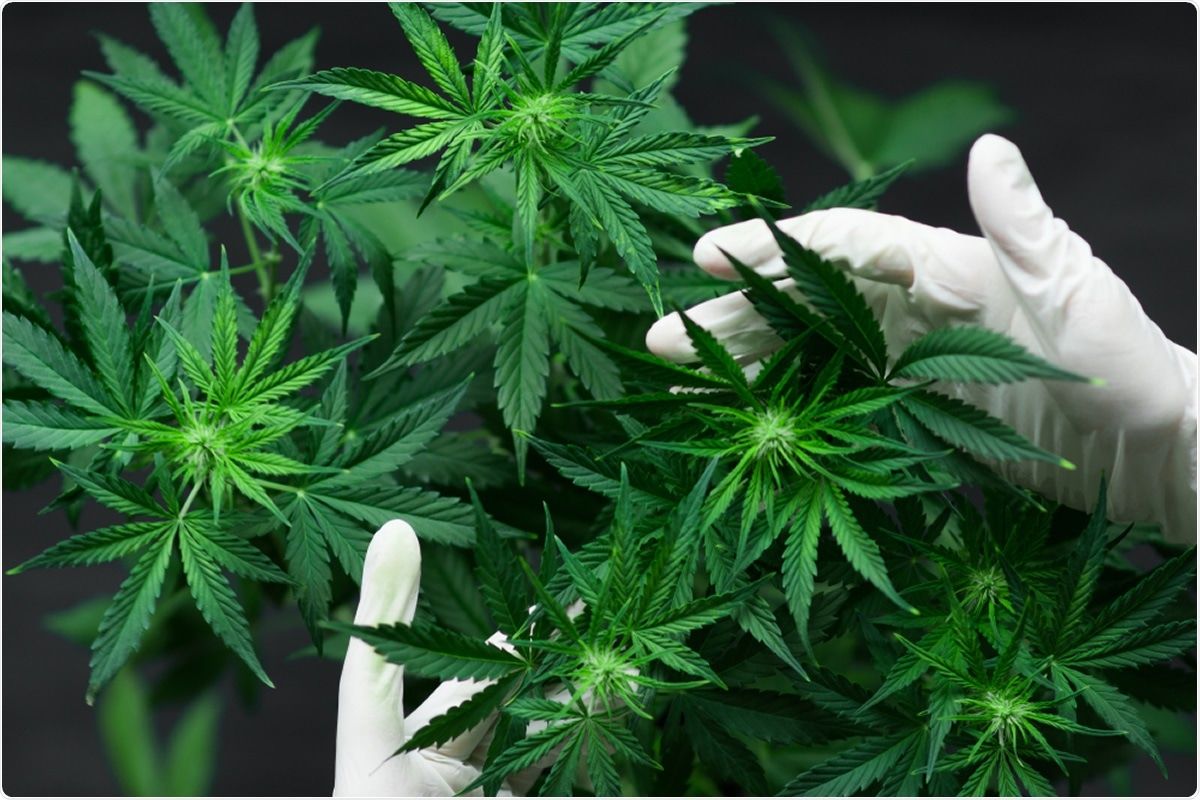SARS-CoV-2 is no Ferrari among viruses when it comes to mutations. Scientists reckon that its 30,000-base RNA genome acquires around two single-letter mutations a month, a rate around half as fast as influenza and one-quarter the rate of HIV. But allowed to multiply and jump from body to body for more than a year, SARS-CoV-2 has inevitably flourished into a genetically diverse tree branching into countless different variants.
Many variants—defined by a specific assortment of mutations—are relatively unremarkable. But scientists have b keeping a close watch on three rapidly spreading variants—first identified in the UK, South Africa, and Brazil— which harbor an unusual constellation of mutations. They all share a mutation called N501Y that affects the receptor binding domain (RBD) of the spike protein, which the virus uses to clasp onto human cells’ receptors and enter them.
By itself, that mutation isn’t unusual, but the variants possess an exceptionally large number of other mutations, some also on the spike protein. Substantive changes to a virus’ behavior, such as heightened transmissibility, are likely the result of multiple mutations rather than individual ones, molecular epidemiologist Emma Hodcroft of University of Bern tells The Atlantic...
Our immune system—and, in particular, antibodies—is a powerful evolutionary force on viruses. Some
pathogens such as influenza, and
maybe also common cold-causing coronaviruses, mutate their proteins toward new shapes to avoid being targeted by antibodies that would normally prevent them from infecting cells, a process known as antigenic drift. A study recently posted as a preprint to
bioRxiv by Hatziioannou and her colleagues suggests that the RBD mutations present in the B.1.351 variant are due to antigenic drift. The team passaged a model virus bearing the dominant SARS-CoV-2 spike protein in the presence of individual neutralizing antibodies extracted from people who had received either the Moderna or Pfizer/BioNTech vaccine. Depending on which antibody they were cultured with, the viruses would gradually adopt a single mutation—either E484K, K417N, and N501Y—which are present in B.1.351. That suggests that “the virus is mutating in these positions to avoid antibodies,” Hatziioannou says...
In a yet-to-be-peer-reviewed
study, scientists in South Africa investigated that possibility by testing the potency of antibodies from 44 COVID-19 survivors against the B.1.351 variant. Remarkably, serum samples from 21 patients were
not capable of neutralizing the virus in vitro. Antibodies from hospitalized patients with more severe disease were more effective against the virus compared to those who had only mild symptoms. “These data highlight the prospect of reinfection with antigenically distinct variants,” the authors reported.
Such escape mutations in the RBD—a site most vaccines are targeting—don’t bode well for vaccinated individuals, who could theoretically be vulnerable to infection by a new variant. While mRNA vaccines, such as the ones developed by Pfizer/BioNTech and Moderna, are relatively straightforward to update, the processes of seeking regulatory approvals and producing a new vaccine aren’t trivial, Moore notes...
Researchers are still investigating the effect of the P.1 variant’s vulnerability to vaccines in Brazil, Resende says. As for the B.1.351 variant, a second experiment in Hatziioannou’s
study provides some insights. She and her colleagues examined antibody-containing plasma from 20 people who had either received the Moderna or the Pfizer/BioNTech vaccine. The team tested the plasma against the dominant SARS-CoV-2 spike protein and pseudoviruses engineered to have the variant’s RBD mutations, either individually or in combination. The antibodies proved significantly less effective in neutralizing the pseudoviruses compared to pseudoviruses with the original spike protein, with a one- to threefold decrease in antibody potency. “It’s a really small difference,” she says, adding that it’s not entirely clear why the South African team—testing antibodies from survivors of natural infections against the actual RBD protein—observed a more dramatic drop in antibody potency.
This week, Moderna
reported preliminary results from a separate in vitro examination of sera from eight people who had received two doses of the company’s vaccine. According to a
press release, company scientists observed a reduction in antibody potency with the B.1.351 variant compared to prior variants, but the level of neutralizing antibodies “remain above levels that are expected to be protective.” The B.1.1.7 variant had no impact on antibody potency.
“There are grounds for concern [with vaccines], but the sky isn’t falling,” Moore says. Some researchers have pointed out that in addition to antibodies, there are other components of immune memory, which could prevent severe reinfections with novel variants. And because the vaccines—at least the ones examined in the study—are so effective, “even if antibody effectiveness were reduced tenfold, the vaccines would still be quite effective against the virus,” evolutionary biologist Jesse Bloom of the Fred Hutchinson Cancer Research Center in Seattle tells
The New York Times.
Hatziioannou anticipates that if variants are left to spread for longer and accumulate many more mutations, vaccine manufacturers may have to update their vaccines at some point, as is done with annual flu shots. For now, “I think the vaccine will still work,” she says. “But this is the first step: it’s a little bit of resistance, and then [with] the next set of mutations a little bit more, and the next set of mutations a little bit more, until eventually we get to something that’s significantly more resistant.”
Meanwhile, new variants are on the horizon. This month, Jones and his colleagues
discovered a novel variant in Columbus, Ohio, that lacks the complexity of mutations of the major three variants, but possesses the N501Y sequence. “It’s really this November, December timeframe, where we’ve seen all of these alternate viruses with the N501Y mutation go from low levels in the population to a very significant percentage,” he says. The COH.20G/501Y variant from Ohio has since also been found elsewhere in the US, but its rate of spread is hard to determine.
A second mutation that has popped up frequently in Jones’s recent samples and in other Midwestern states is located outside the spike (S) RBD. “It’s in a conserved area that regulates the cleavage of the S protein, [which] has also raised the possibility that this could be a functional change in the virus.”
L452R, a different mutation that appears to be spreading, was recently associated with large outbreaks in California, but experts say it’s not clear if it’s more infectious.
Side-by-Side Comparisons of Important SARS-CoV-2 VariantsA range of SARS-CoV-2 variants has emerged across the world since the COVID-19 pandemic began. Most attention has been on fast-spreading variants recently identified in the UK, South Africa, and Brazil. Scientists suspect that the variants’ particular patterns of mutations have the potential to affect their transmissibility, virulence, and/or ability to evade parts of the immune system. The latter could make people with vaccine-induced or natural immunity to SARS-CoV-2 vulnerable to becoming reinfected with novel variants, and these possible effects remain under investigation.
There are a handful of other variants—typically with fewer eye-catching mutations—that researchers are also keeping a close watch on, notes molecular epidemiologist Emma Hodcroft of the University of Bern in Switzerland. Making matters confusing, scientists can’t agree on a standardized naming system for new variants, causing what one researcher has called a “bloody mess” of nomenclature.
Here The Scientist compiles a summary of some noteworthy variants recently associated with rapid spread that US researchers are currently monitoring. |
| Name(s) | Distribution | Notable mutations | Potential effects on transmissibility, virulence, and immune escape | | B.1.1.7, 20I/501Y.V1, VOC202012/01 | First identified in late December in the UK, it has spread to 62 countries in Europe, Asia, the US, and elsewhere. | 17 recent mutations, including N501Y, P681H, HV 69–70 deletion, and four more on the spike protein; the ORF8 Q27stop mutation outside the spike protein | • Thought to have greater than 40 percent increased transmissibility
• Increased virulence suggested but remains unresolved
• Little concern around current vaccine efficacy | | B.1.351, 20C/501Y.V2 | Identified in late December in South Africa and now spotted in Africa, Europe, Asia, and Australia | 21 mutations, including N501Y, E484K, and K417N on the spike protein, and ORF1b deletion outside the spike protein | • Suggested to have heightened transmissibility
• No evidence of increased virulence
• In vitro studies suggest a potential for immune escape following natural infections and a small effect on the potency of vaccine-induced antibodies | | P.1, 20J/501Y.V3 | Discovered in travelers from Brazil during screening at a Japanese airport in January; now known to widely circulate in Brazil’s Amazonas state and also observed in the Faroe Islands, South Korea, and the US | 17 amino acid changes, including N501Y, E484K, and K417N on the spike protein; ORF1b deletion outside the spike protein | • Effect on transmissibility and/or virulence unknown
• Anecdotes of reinfections reported, but potential for immune evasion remains unresolved | | COH.20G/501Y | Two cases of the N501Y mutation have been detected in Columbus, Ohio, since late December, and in other US states since | N501Y, located in the virus’ spike protein. It lacks most other mutations present in the B.1.1.7 variant identified in the UK. | • No evidence yet of altered transmissibility, virulence, and/or immune evasion | | S Q677H, sometimes called “Midwest” variant | Viruses containing the S Q677H mutation have recently become frequent in samples analyzed during December and January in Ohio, and have also been found in multiple Midwest states | Q677H mutation on the spike protein, A85S on the M protein, and D377Y on the nucleocapsid protein | • So far, no evidence of altered transmissibility, virulence, and/or immune evasion | | L452R, B1429 | The L452R mutation itself was observed in the US and Europe last year. In January 2021, it rose rapidly in frequency in multiple California counties. | L452R mutation, located on the spike protein | • Associated with several large outbreaks in California, but it remains unclear if the surges are driven by the variant itself
• Effects on vaccine efficacy under investigation |
|





